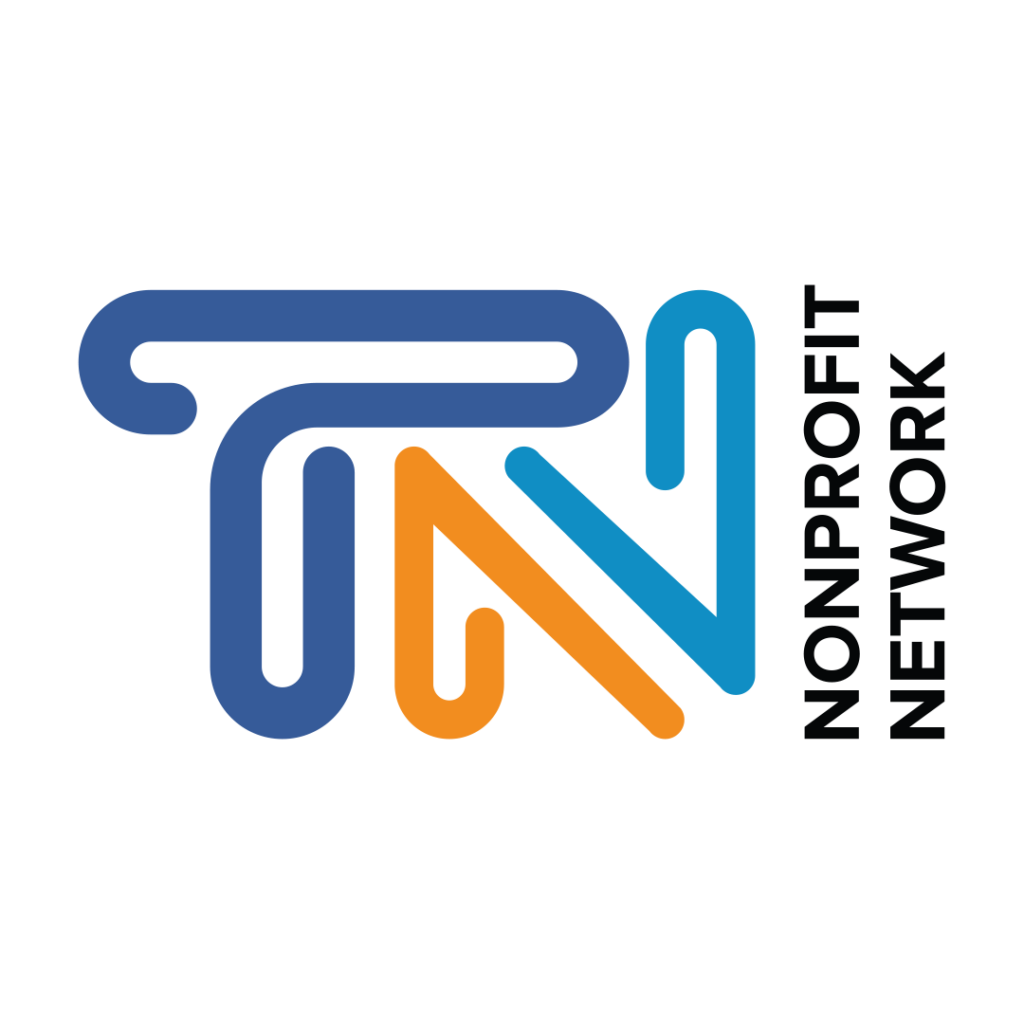I remember walking into the movie theater 15+ years ago with jitters. As a lifelong comic book nerd, I was ready to see the live action adaptation of one of comics’ most revered and iconic storylines: the Dark Phoenix Saga. For those of you unfamiliar with this story, the Dark Phoenix Saga is a classic X-Men story where Jean Grey, mutant superhero and O.G. X-Men member, grapples with the corrupting influence of the cosmic Phoenix Force, forcing the X-Men to make a difficult choice between saving her and saving the universe. Basically, they took one of Marvel’s oldest characters and made her the biggest threat known to mankind. X-Men: The Last Stand was supposed to be the movie that unleashed the Dark Phoenix to the masses!
I’ll say that my fervor quickly dissipated within ten minutes of the movie. Holy misstep, Batman! (Sorry, wrong universe) The movie was a hodgepodge of flat acting and weird choices. They killed off iconic characters needlessly, wedged in characters who had little to nothing to do with the plot, and…..don’t even get me started on that whole Golden Gate Bridge thing. Worst of all, they shoehorned the Dark Phoenix Saga into a movie whose mediocre plot centered around a mutant cure.
That was 18 years ago and I’m still mad about it.
Then years later came an announcement. Simon Kinsberg, writer of X-Men: The Last Stand, would be writing and directing “X-Men: Dark Phoenix,” a do over, of sorts that would try to right the wrongs done to the epic cosmic saga.
Comic book fans like me were bewildered. This saga is considered the pinnacle of X-Men storylines, and fans expected redemption. Why were they entrusting the SAME STORY to the SAME GUY who made Wolverine a codependent and Cyclops into a pile of ash? Instead of redemption, “Dark Phoenix” flopped even harder and was even worse than “The Last Stand.” Did 20th Century Fox not learn its lesson the first time? What. The. Mutant. Gene. Happened?
But alas, I digress. This is really about nonprofits and what they can learn from the Dark Phoenix debacle. In many ways, this situation perfectly reflects a common failing in nonprofits: giving failing leadership a second shot.
Just like in the X-Men universe, nonprofits sometimes allow board members who oversaw decline to lead the turnaround. It’s like giving the villain responsibility for writing the hero’s triumphant return. Here’s why this approach is a recipe for disaster:
- Fresh Eyes, Fresh Ideas: Those who presided over a decline are unlikely to have the perspective needed to fix it. New leadership brings fresh ideas and approaches unburdened by past mistakes. Just like you should only ruin Jean Grey once and get away with it, the same should apply to board members.
- Accountability Matters: Rewarding failure sends the wrong message. It discourages accountability and sets a precedent for mediocrity. A clean break shows a commitment to improvement.
- Renewed Enthusiasm: New blood injects fresh energy into the organization. This can revitalize staff, attract donors, and reignite the passion that fuels success.
So how do nonprofits avoid the “Dark Phoenix” scenario? Here are some key steps to take:
Building a Strong Board:
- Active Board Recruitment: Don’t just fill empty seats. Seek out individuals with relevant experience and a track record of success. Look for diverse backgrounds and expertise to create a well-rounded leadership team.
- Term Limits: Consider imposing term limits to encourage a constant influx of new ideas and perspectives. This prevents stagnation and ensures a focus on the future.
- Board Development: Invest in ongoing training for board members. Workshops can equip them with the latest governance practices, fundraising strategies, and best practices for nonprofit leadership.
Ensuring Accountability and Effectiveness:
- Performance Reviews: Hold board members accountable by setting clear goals and measuring progress against those goals. Regular evaluations ensure the board is effectively guiding the organization and making a positive impact.
- Board Self-Evaluations: Encourage the board to take ownership of its effectiveness. Facilitate regular self-evaluations where members assess their strengths, weaknesses, and areas for improvement.
- Diversity and Inclusion: Actively seek board members from diverse backgrounds. This ensures a wider range of perspectives are considered in decision-making and strengthens the organization’s connection with the communities it serves.
Nonprofits deserve a superhero, not a villain, leading their turnaround. By following these steps, organizations can find their own Phoenix and rise from the ashes, stronger than ever before.
